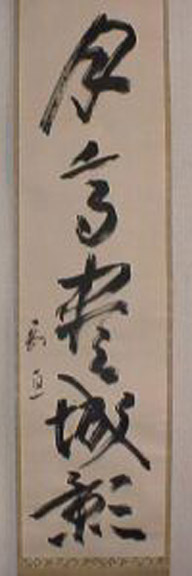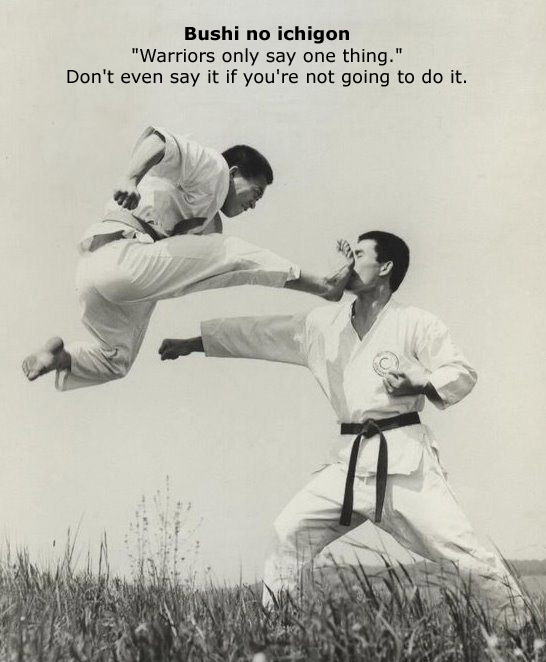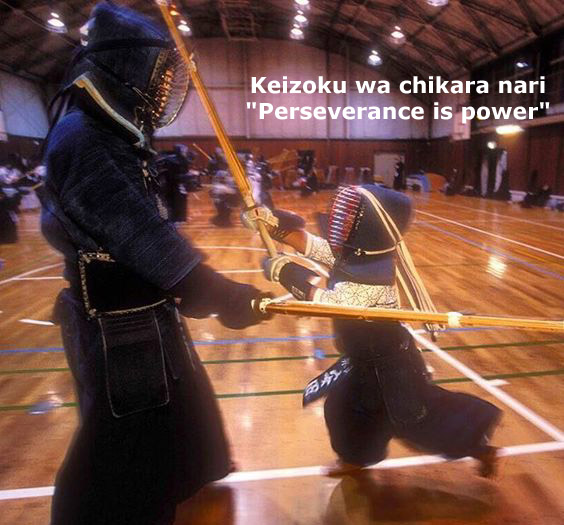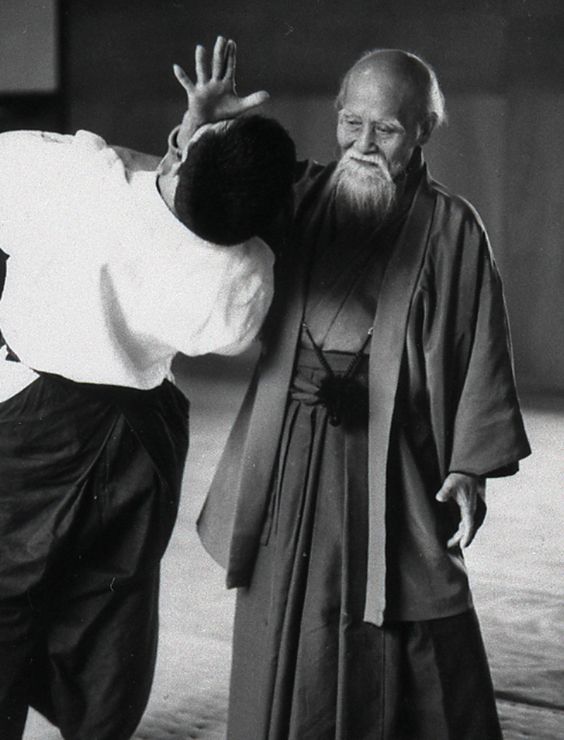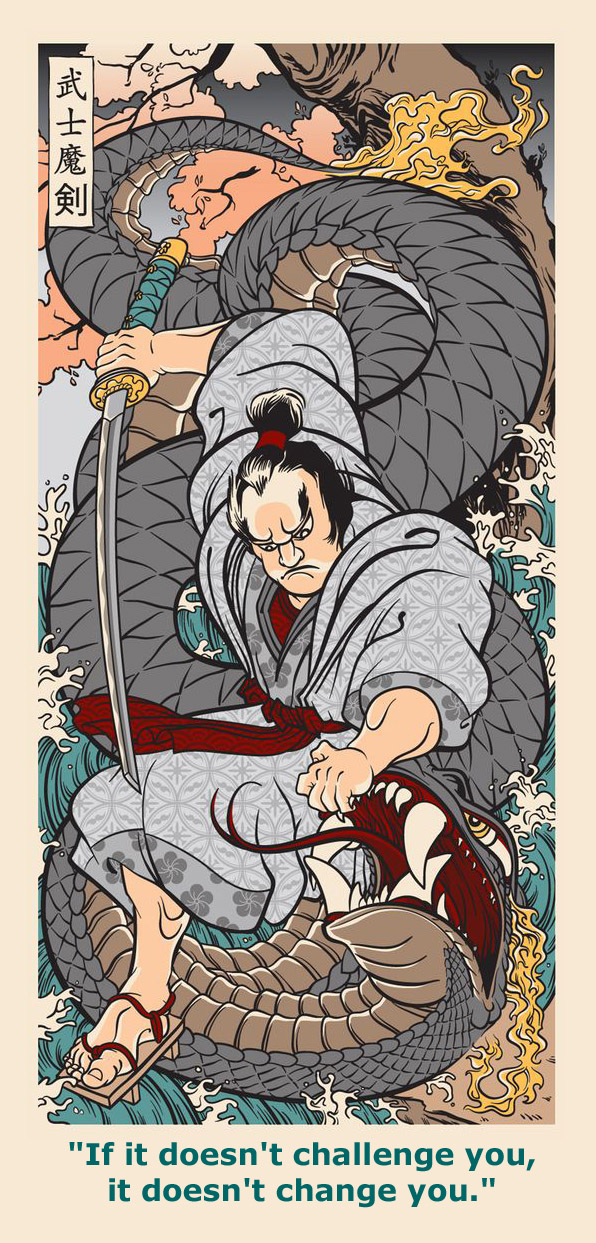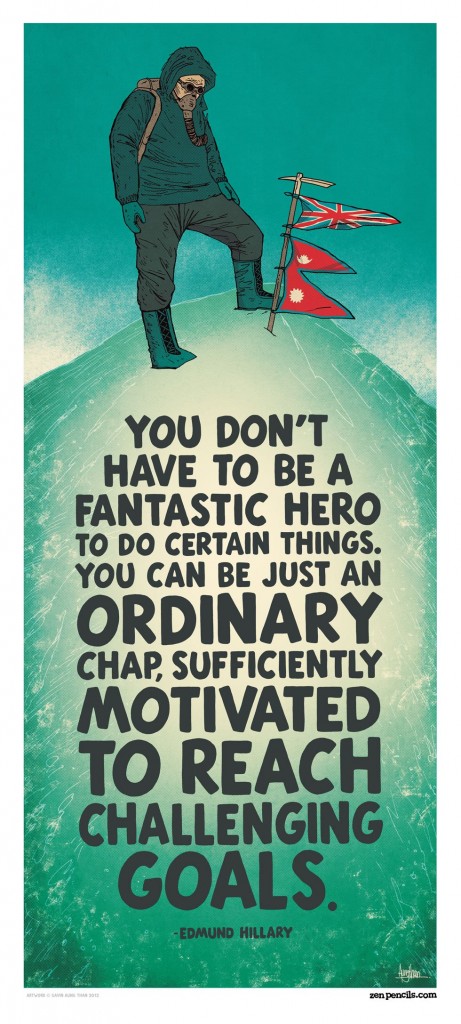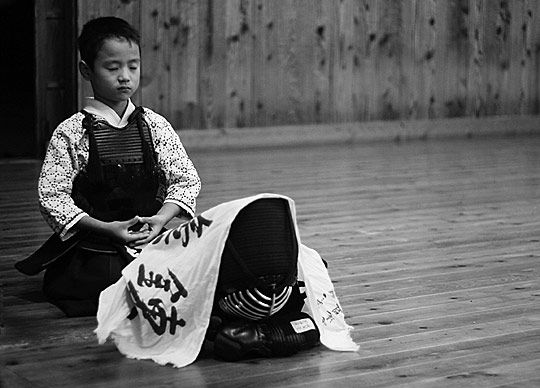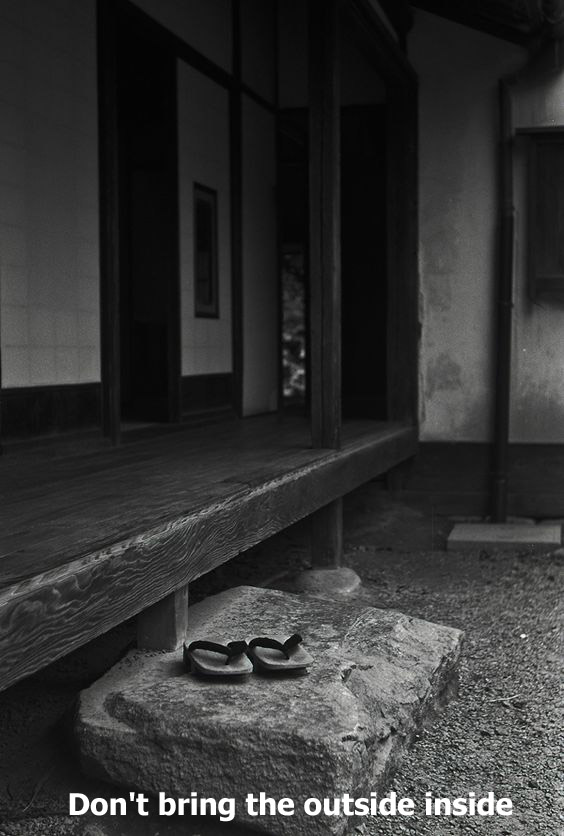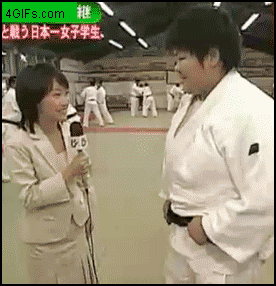 Just because you can doesn't mean you should.
The funny thing that happens on the way to mastery is that sometimes people lose their common sense. Teachers are always getting after students because the students are losing their focus and thus step out of line.
Just because you can doesn't mean you should.
The funny thing that happens on the way to mastery is that sometimes people lose their common sense. Teachers are always getting after students because the students are losing their focus and thus step out of line.
Martial artists are supposed to be able to read the situation and act accordingly. In Japanese, to be able to read the situation is called kuki wo yomeru (空気を読める) or "to be able to read the air."
We have to remember that every martial art is context driven and set up in a common sense way of thinking. This common sense way of thinking means that the techniques are setup into "if this then that" type scenarios.
The interesting thing about common sense is as Voltaire said, "Common sense is not so common" and we can see that from the gif clip above.
From the clip we can see a larger Judoka being interviewed and, obviously from the clip, they are showing this much smaller interviewer how Judo works. Does the interviewer need to be slammed to the ground? From the look of her reaction, she probably didn't know what was coming and what she was getting into.
The context is then misread by the Judoka who does osoto-gari (outside leg sweep) and we can see this misread by the Judoka's reaction as the interviewer writhes in pain on the ground and nobody tries to help her.
As we train, we must remember that what we are learning is supposed to be applied to a similar context. Nothing will ever be perfect, but our neural pathways have the tendency to group things together. That is why when we drive a different car we tend to get into accidents because we are still driving it like our car. If we are then "well trained" then we will "read the air" correctly and thus act accordingly. To be able to "read the air" takes a lot of training and only comes with a lot of experience.



